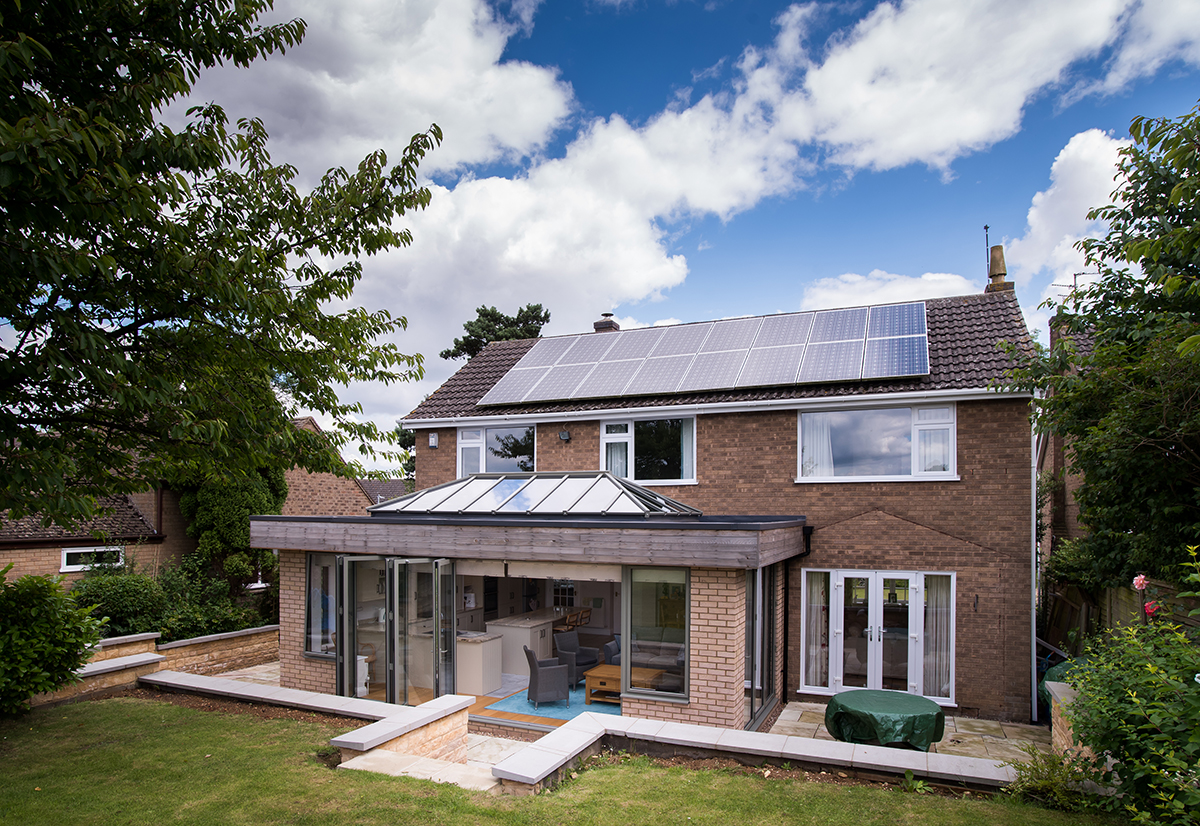Last Updated on 6 September 2024 by
In most instances, you’ll be glad to hear that installing a roof lantern is considered permitted development, so you won’t need to seek planning permission.
Roof lanterns are an elegant addition to any home, providing natural light and a sense of spaciousness to interior spaces.
However, before going ahead and installing one, understanding planning permission requirements is essential.
In this guide, we’ll navigate through the complexities of planning permission for roof lanterns, shedding light on the factors influencing their necessity and how to ensure compliance with local regulations.
(If you still have some questions after reading through this article, don’t be afraid to contact our team for help!)
In a hurry and want info now? Jump ahead:
- Understanding planning permission for roof lanterns
- Local building regulations and guidelines
- Factors influencing the need for planning permission
- Criteria for needing planning permission
- Invest in High Quality Roof Lanterns with GFD Homes
- FAQs
Understanding planning permission for roof lanterns
In most cases, you’ll be pleased to know that adding a roof lantern to your property falls under the realm of permitted development, meaning planning permission is not required.
Permitted development rights grant homeowners freedom to make certain changes to their properties without seeking explicit permission from local authorities.
Local building regulations and guidelines
While permitted development often covers roof lantern installations, it’s always crucial to check your local building regulations and guidelines. Some areas, especially conservation areas or listed buildings, might have specific restrictions or guidelines to preserve the aesthetics and architectural integrity of the area.
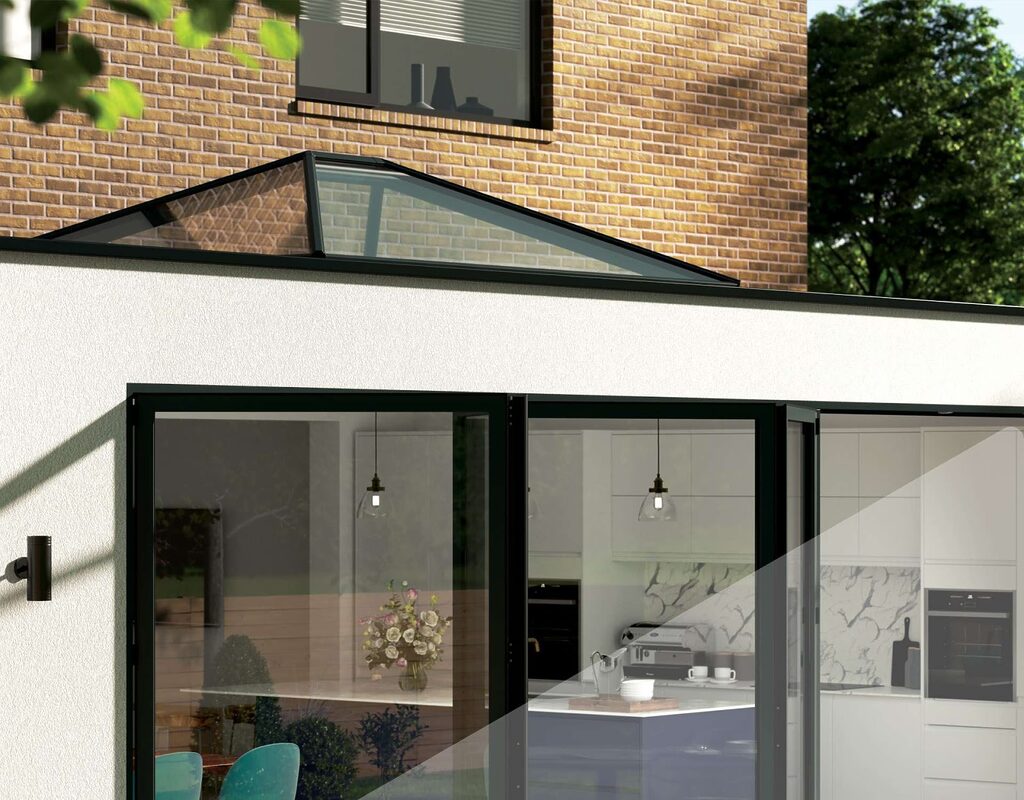
If you’re looking for a roof lantern with a minimalistic look, we’d definitely recommend our popular Korniche roof lantern range.
Factors influencing the need for planning permission
Here are the main factors that influence the need for planning permission when it comes to roof lanterns:
Size and Dimensions of the Proposed Lanterns
The size and dimensions of the roof lantern play a crucial role. Generally, smaller installations might fall within permitted development rights, but larger or more prominent structures may require planning permission.
Roof Lantern Materials and Design
The materials used in constructing roof lanterns can significantly impact their visual appeal, durability and compliance with regulations. Common materials include timber, aluminium and uPVC:
Timber – Often favoured for its traditional look and natural appeal, timber roof lanterns can blend seamlessly with certain architectural styles. However, in conservation areas or places with strict guidelines, the type of wood and finishes may need approval.
Aluminium – Known for its strength, durability and versatility, aluminium roof lanterns offer a sleek and contemporary look. They can accommodate larger spans while being lightweight, but ensure compliance with local guidelines on material choice.
uPVC – Offering cost-effectiveness and low maintenance, uPVC roof lanterns are weather-resistant and durable. However in some areas, regulations might restrict their use due to aesthetic considerations.
Besides materials, the design aspects of roof lanterns also play a vital role in compliance and aesthetics:
Pitch and Proportion – The pitch of the roof lantern should complement the existing roof. A pitch that harmonises with the property’s architecture can enhance its visual appeal while adhering to regulations.
Glazing and Ventilation – The type of glazing used and the provision for adequate ventilation are essential. Regulations may stipulate requirements for energy efficiency and ventilation to ensure a comfortable and compliant living space.
Integrated Blinds or Shades – Although roof lanterns don’t really require coverings, some homeowners opt for integrated blinds or shades as they not only provide extra privacy and light control, but can also impact the overall aesthetics too (always ensure that any alterations comply with local guidelines).
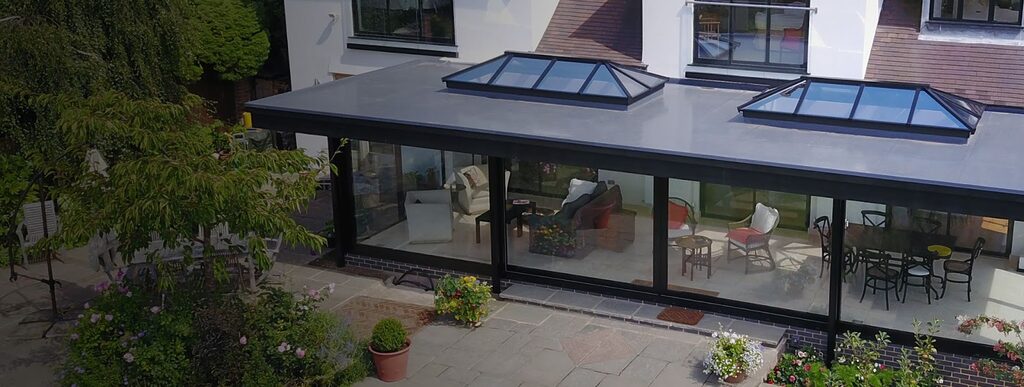
Roof lanterns not only look good, but also boast a range of benefits that help make them a worthy addition to any home.
Location on the Property and its Visibility
The location of the roof lantern matters. If it’s facing a public highway or significantly alters the exterior appearance of the property, it might necessitate planning permission. The visibility from certain angles or its impact on neighbouring properties could also influence the need for permission.
Property Type and Classification
Different property types and classifications might have varying requirements. For instance, a property in a designated area might have stricter regulations compared to others, impacting the need for planning permission.
Criteria for needing planning permission
The criteria for needing planning permission includes the following:
Size and dimensions of the proposed roof lantern
Local authorities often have specific size limits for roof lanterns without needing planning permission. Typically, if the projection doesn’t exceed certain measurements and doesn’t go beyond the roof’s highest point, it may be within permitted development.
The current guidelines state:
Projection Limit: The roof lantern should not protrude more than 150mm beyond the sloping plane of the current roof. This ensures that the addition maintains a harmonious integration with the existing structure.
Height Restriction: The height of the roof lantern should not exceed the highest point of the existing roof. This restriction aims to preserve the visual profile of the property and prevent substantial alterations to its skyline.
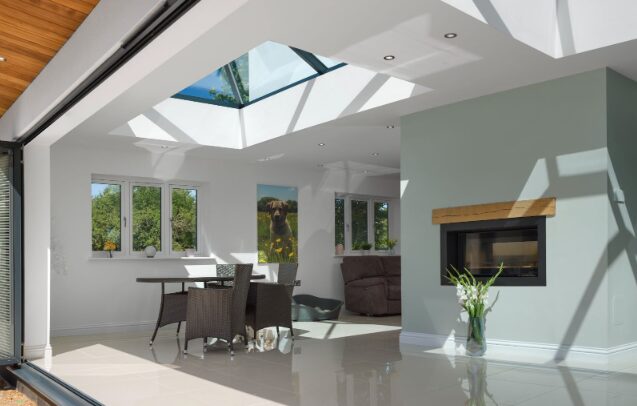
If you’re struggling to decide between roof lanterns and roof lights, read our article for more information on each option.
Location on the property and its visibility
Roof lanterns should not significantly protrude beyond the existing roof slope or alter the overall appearance of the property when viewed from certain angles. Ensuring that the placement maintains the properties aesthetic is crucial.
The current guidelines state:
Position on Side Elevation: If the roof lantern is positioned on a side elevation roof slope, it must incorporate obscure glazing. This emphasises privacy considerations and maintains aesthetic harmony within the neighbourhood.
Property type and classification
Certain properties, such as those in conservation areas or listed buildings, have stricter guidelines. In these cases, even minor alterations might require explicit permission to ensure they align with preservation standards.
The current guidelines state:
Openings and Height: Unless the height is at least 1.7m above the floor, no openings are permitted in the roof. This regulation aims to ensure safety and proper usage of the roof space, prioritising habitable areas within the property.
By following these permitted development rules, you can typically proceed with installing a roof lantern without the need for additional planning permission. Nevertheless, given the unique nature of each project, we strongly recommend consulting your local council or planning officer beforehand to ensure clarity
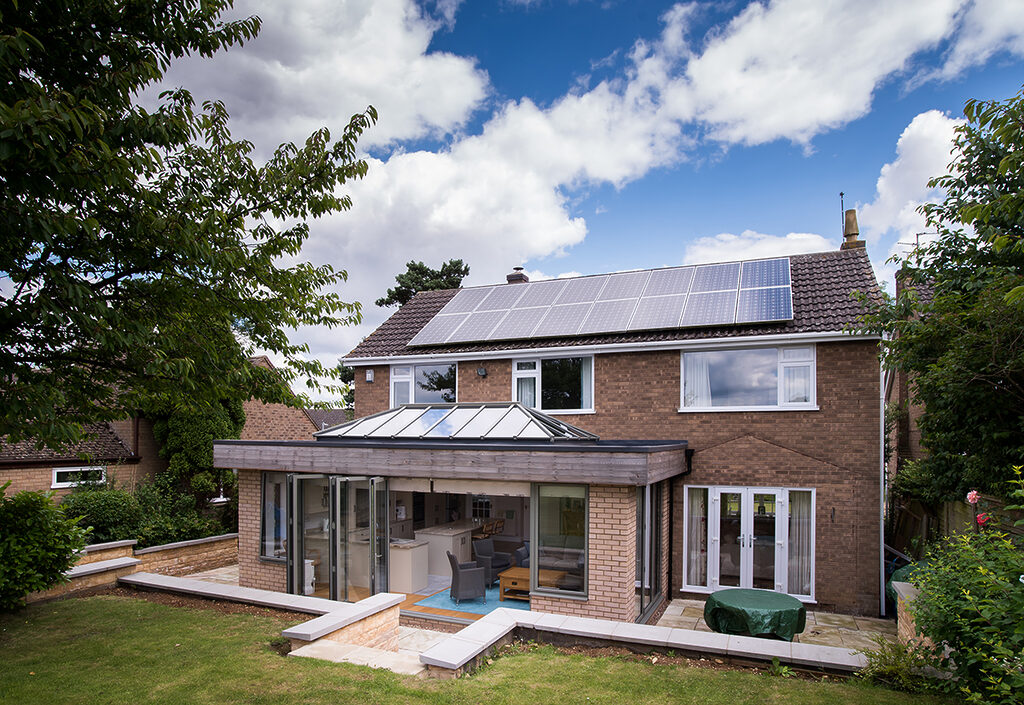
Every roof lantern we supply comes with self-cleaning glass options as standard & a fantastic 10 year guarantee.
Invest in High Quality Roof Lanterns with GFD Homes
Roof lanterns can truly transform your living spaces, but navigating planning permission requirements is essential. While many installations fall under permitted development, understanding local regulations and guidelines is crucial to avoid potential issues.

At GFD Homes, we understand the importance of quality and compliance. Our range of roof lanterns adheres to industry standards and can complement various architectural styles.
To view our stunning range of roof lanterns, click here or alternatively, give our team a call on 01642 309576.
(If you’d much rather see a roof lantern in person, why not book a visit to our Teesside showroom– we promise you’ll be blown away!)
FAQs about roof lanterns and planning permission
Do I always need planning permission for a roof lantern?
In most cases, roof lanterns fall under permitted development. However, checking with local planning authorities is advisable to ensure compliance, especially in specific areas or for larger installations.
Do I need a structural engineer for a roof lantern?
Depending on the size and complexity of the installation, involving a structural engineer might be necessary. Especially for larger or more intricate designs as a structural engineer will ensure that the roof lantern is safely integrated into the existing structure without compromising its stability.
How big can my roof lantern be?
Local regulations often stipulate size limitations for roof lanterns without requiring planning permission. Typically the maximum size varies based on factors like the property type, location and specific guidelines set by local authorities.
Consulting with a professional or local planning office can provide precise size limitations for your area.
Can I Install multiple roof lanterns on my property without planning permission?
The number of roof lanterns you can install without planning permission might be limited by local regulations. It’s essential to consider the impact on the property’s appearance and neighbouring areas.
Can you retrofit a roof lantern?
Retrofitting a roof lantern onto an existing structure is possible in many cases. However it’s essential to consider structural implications and ensure the roof can accommodate the installation without compromising its integrity.
Getting advice from experts familiar with retrofitting roof lanterns is advisable to assess feasibility and ensure proper installation.
Do I need planning permission if my property is listed or in a heritage area?
Listed buildings or properties in heritage areas often have stringent regulations. Even minor alterations, including roof lantern installations, might require planning permission to maintain the property’s historical integrity.
